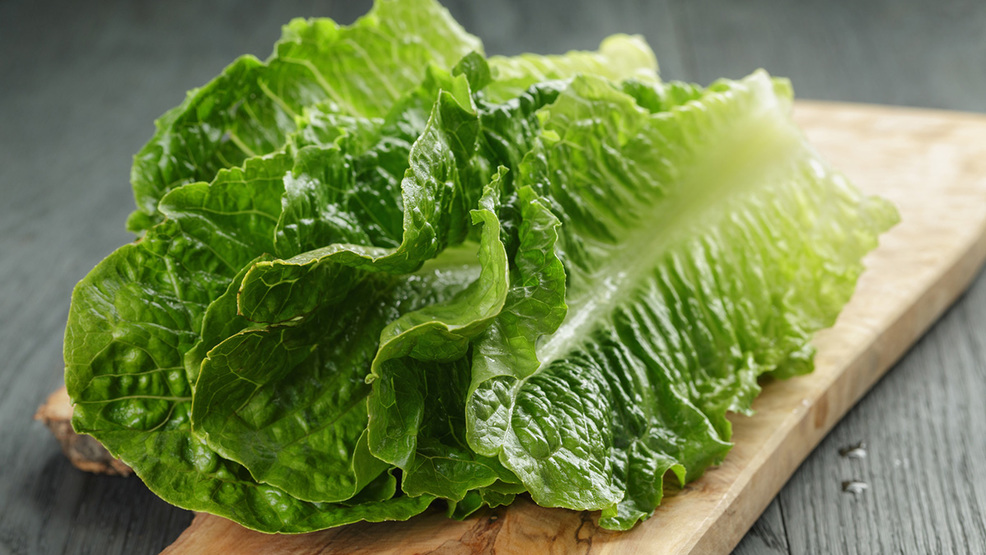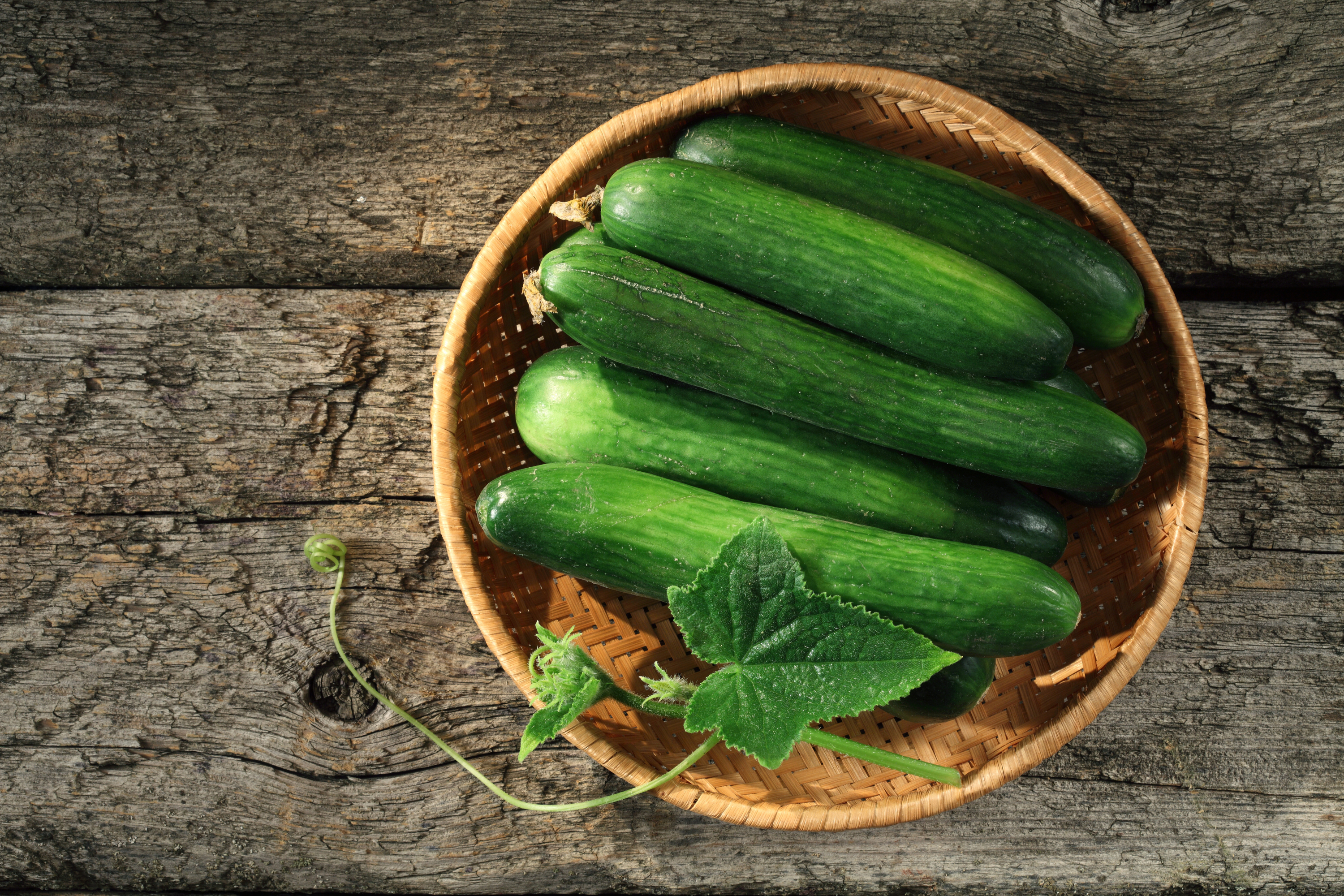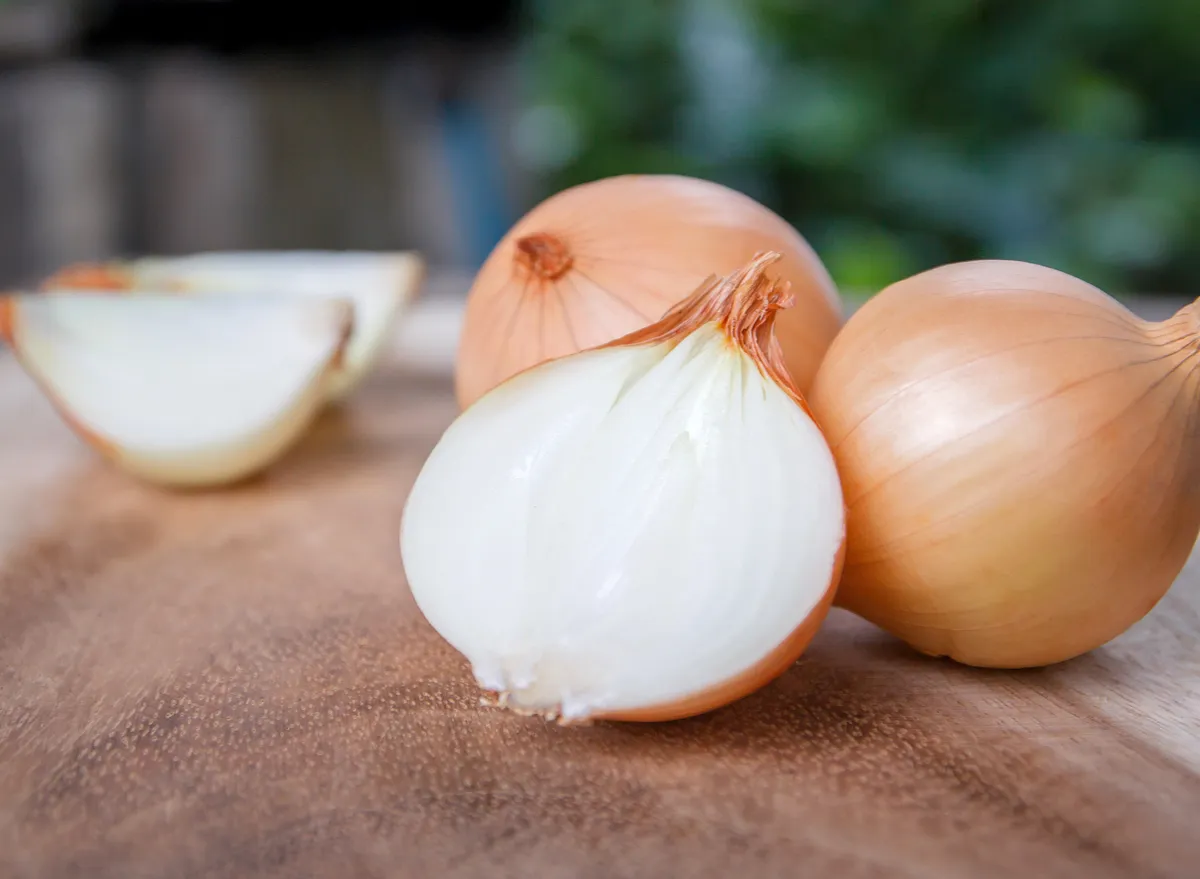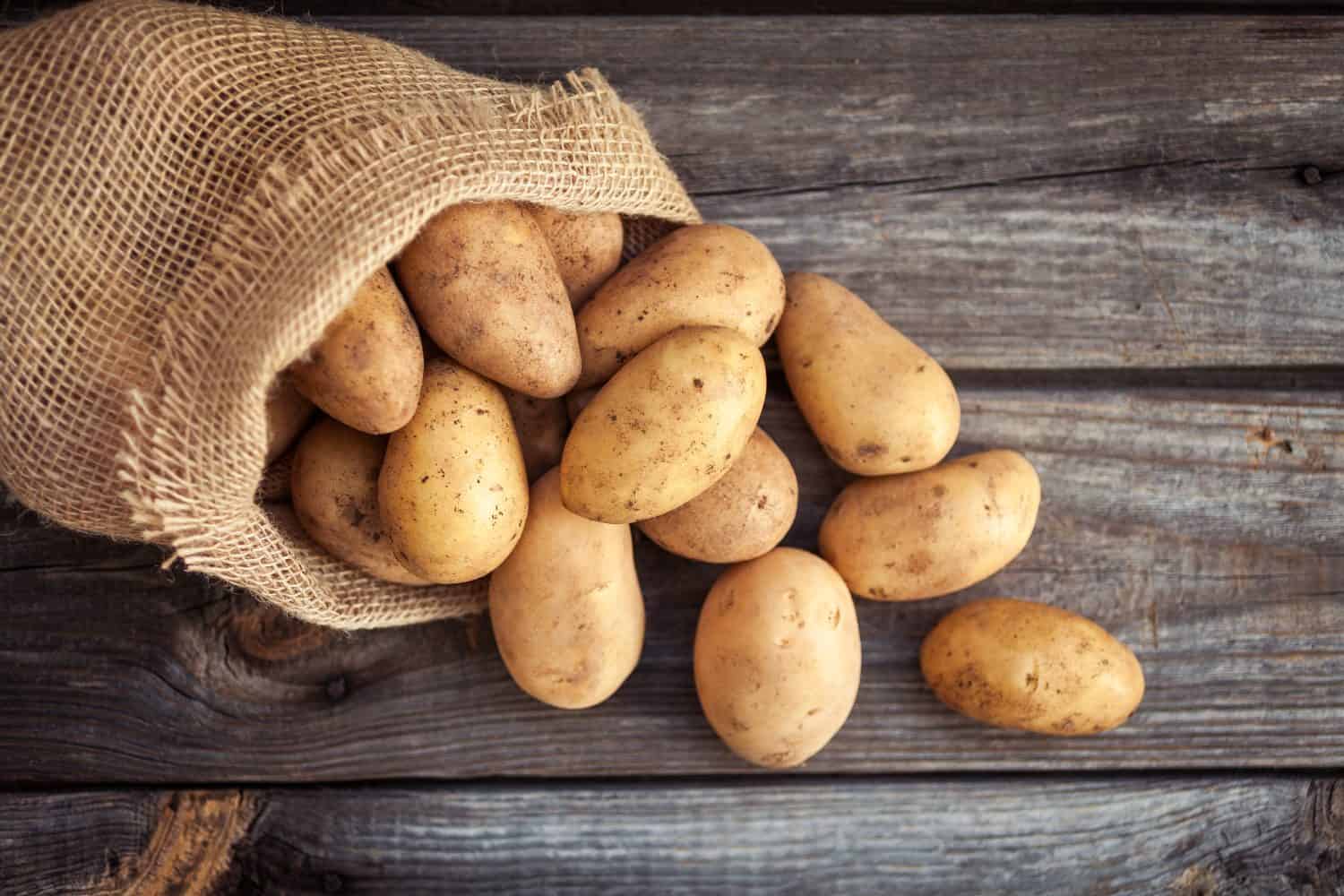Garlic
The Versatile Garlic: Uses, Facts, Nutritional Benefits, and Tips
Introduction
Garlic, known for its pungent aroma and distinctive flavor, is a staple ingredient in kitchens around the world. It has been used for centuries not only for its culinary applications but also for its medicinal properties. In this blog post, we will explore the different uses of garlic, fascinating facts about it, its nutritional benefits, and some helpful tips for incorporating it into your meals. Finally, we will discuss the average price of garlic.
Uses of Garlic
Garlic can be used in a myriad of ways, making it an indispensable ingredient in many cuisines. Here are some common uses:
- Raw: Minced or crushed raw garlic adds a potent flavor to dressings, dips, and sauces.
- Sautéed: Sautéed garlic enhances the flavor of soups, stews, stir-fries, and pasta dishes.
- Roasted: Roasting garlic mellows its flavor, creating a sweet and creamy spread for bread or a flavorful addition to mashed potatoes and vegetables.
- Infused: Garlic can be infused into oils and vinegars for a subtle garlic flavor in salads and marinades.
- Pickled: Pickled garlic cloves are a tangy and flavorful addition to antipasto platters, sandwiches, and salads.
- Powdered: Garlic powder is a convenient form of garlic that can be sprinkled into recipes for added flavor.
- Medicinal: Garlic has been used in traditional medicine for its purported health benefits, including boosting the immune system and supporting heart health.
Interesting Facts About Garlic
- Garlic is scientifically known as Allium sativum and is related to onions, leeks, and chives.
- Garlic has been cultivated for over 5,000 years and has been used by ancient civilizations for both culinary and medicinal purposes.
- The distinctive aroma of garlic is due to sulfur compounds, including allicin, which are released when garlic is crushed or chopped.
- China is the largest producer of garlic, accounting for more than 75% of the world's garlic production.
- Garlic has been used in folklore as a protective agent against evil spirits and vampires.
- Garlic is rich in antioxidants and has been studied for its potential health benefits, including antibacterial, antiviral, and antifungal properties.
- The word "garlic" comes from the Old English "garleac," meaning "spear leek."
Nutritional Elements of Garlic
Garlic is not only flavorful but also packed with essential nutrients. Here are some key nutrients found in garlic:
- Allicin: Allicin is a sulfur compound that is released when garlic is crushed or chopped. It is responsible for many of garlic's health benefits.
- Vitamin C: Vitamin C is an antioxidant that supports the immune system and promotes healthy skin.
- Vitamin B6: Vitamin B6 is important for brain development and function.
- Manganese: Manganese is a mineral that supports bone health and metabolism.
- Selenium: Selenium is a mineral that acts as an antioxidant and supports thyroid function.
- Fiber: Garlic provides dietary fiber, which aids digestion and helps maintain a healthy gut.
- Antioxidants: Garlic contains various antioxidants that help protect against oxidative stress and inflammation.
- Low in Calories: Garlic is low in calories, making it a healthy addition to many dishes.
Helpful Tips for Using Garlic
- Store garlic in a cool, dry, and well-ventilated place to prevent it from sprouting and spoiling.
- To easily peel garlic, place the cloves in a jar and shake vigorously. The skins will separate from the cloves.
- For the most potent flavor and health benefits, crush or chop garlic and let it sit for a few minutes before cooking.
- Roast whole heads of garlic by cutting off the top, drizzling with olive oil, and baking at 400°F (200°C) for 30-40 minutes until soft and golden.
- To remove the smell of garlic from your hands, rub them with a stainless steel utensil under cold water.
- Add garlic to your diet gradually if you are not used to its strong flavor, as it can cause digestive discomfort in some people.
- Garlic pairs well with a variety of herbs and spices, including basil, thyme, rosemary, and chili.
- Use garlic in marinades, dressings, and sauces to add depth of flavor to your dishes.
- Experiment with different forms of garlic, such as black garlic, which is aged and has a sweet, mellow flavor.
Average Price of Garlic
The price of garlic can vary depending on the season and location. On average, fresh garlic typically costs between $3.00 and $5.00 per pound in the United States.
Cost: 3.00 and 5.00 $










0